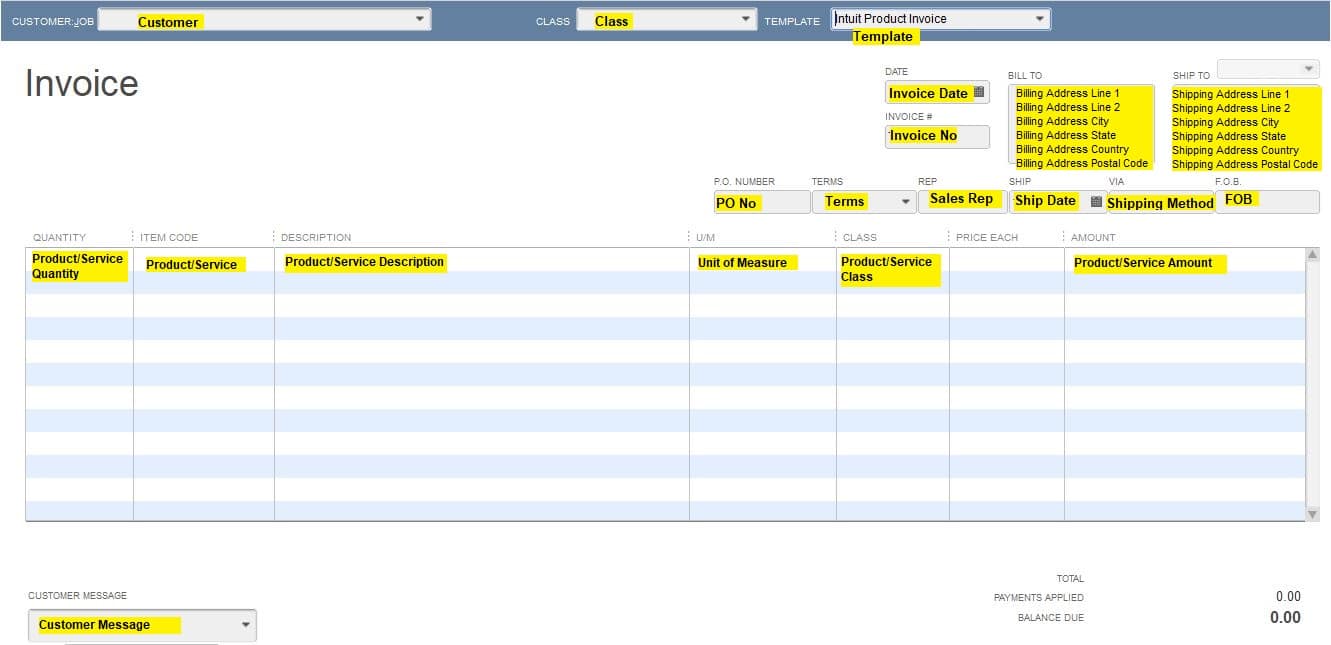

Head to the File menu, and then choose the Utilities option.In order to import customers, vendors, and products, the below-mentioned steps can be conformed to: When you save and close your file, you can review results and view data in QuickBooks. QuickBooks opens up a formatted excel spreadsheet, where you can enter the information. The standard import process for MS excel involves a few basic steps. The process might differ for the item to import and export, so we will be exploring the steps for different items one by one: MS EXCEL
#Import csv file into quickbooks desktop how to
You may also see: How to Reconcile Payroll Liabilities in QuickBooks? Process to import and Export Information with QuickBooks desktop Another important thing is to check out the Intuit marketplace to look for the apps that can assist you in importing the data.You should also speak to the accountant before importing the data.As you are not allowed to undo info imported, you should make a backup of your data files for safety purposes.Let us check out some of the most important ones: There are certain points that you should remember, at the time of exporting and importing data in QuickBooks. Below are listed the transactions that can be imported: Now let us discuss about the transactions that can be imported. Let us have a look at the elements that you can import without any issue. The list of information you can import is huge. We will look at some lists and transaction types that you can import into QuickBooks. Moreover, the same can be exported, like the available journal entries, customer and vendor lists, etc.

You can also import the customers and vendors. When we talk about the importing of data, we infer importing the bank transactions, accountant’s changes, general journal entries, and batch transactions.


 0 kommentar(er)
0 kommentar(er)
